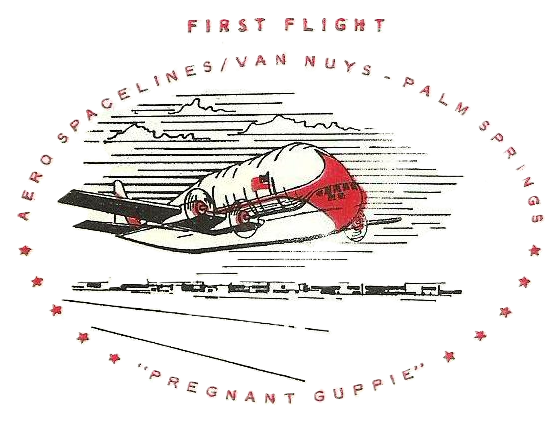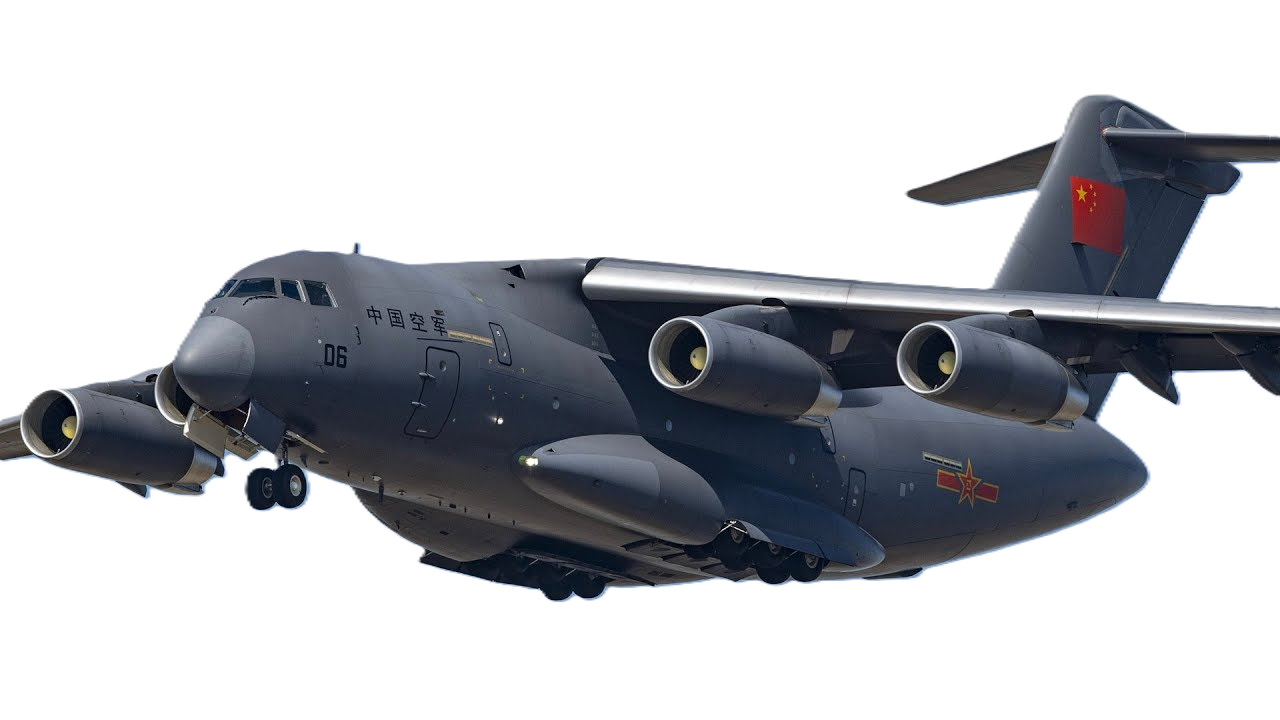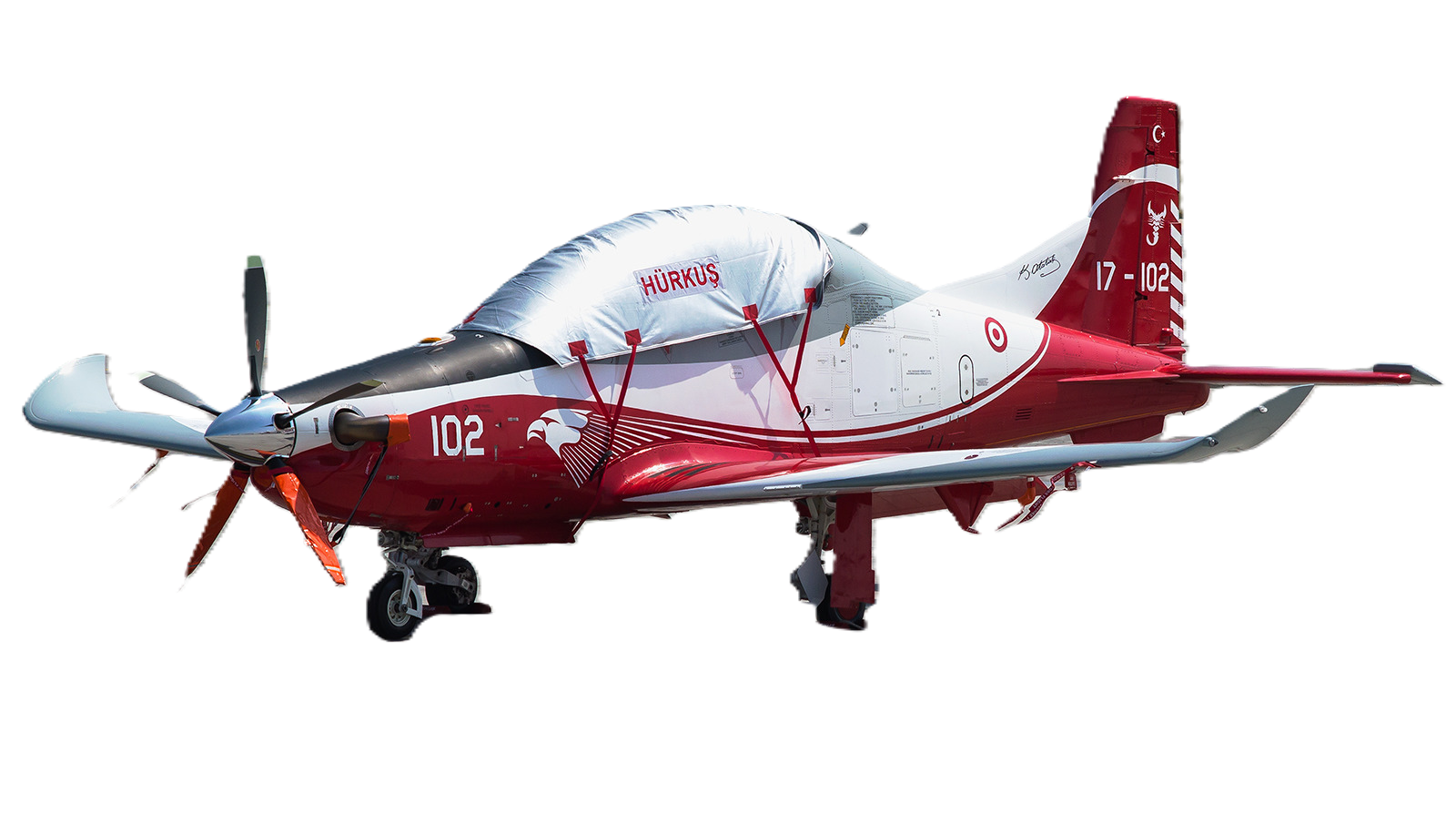Douglas
A-20 Havoc / Boston
Role
Medium bomber
Attack aircraft
Night fighter
National origin United States
Manufacturer Douglas Aircraft Company
First flight 23 January 1939
Introduction 10 January 1941
Retired (USAF) 1949
Primary users United States Army Air Forces
Soviet Air Force
Royal Air Force
French Air Force
Produced 1939–1944
Number built 7,478
Developed into Douglas DC-5
.
History
Douglas
A-20 Havoc / Boston
First Flight 23 January 1939 Introduction 10 January 1941
Produced 1939–1944
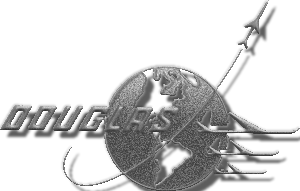
The Douglas A-20 Havoc (company designation DB-7) is an American medium bomber, attack aircraft, night intruder, night fighter, and reconnaissance aircraft of World War II.
Designed to meet an Army Air Corps requirement for a bomber, it was ordered by France for their air force before the USAAC decided it would also meet their requirements. French DB-7s were the first to see combat; after the fall of France, the bomber served with the Royal Air Force under the service name Boston. From 1941, night fighter and intruder versions were given the service name Havoc. In 1942 USAAF A-20s saw combat in North Africa.
It served with several Allied air forces, principally the United States Army Air Forces (USAAF), the Soviet Air Forces (VVS), Soviet Naval Aviation (AVMF), and the Royal Air Force (RAF) of the United Kingdom. A total of 7,478 aircraft were built, of which more than a third served with Soviet units. It was also used by the air forces of Australia, South Africa, France, and the Netherlands during the war, and by Brazil afterwards.
In March 1936, a design team headed by Donald Douglas, Jack Northrop, and Ed Heinemann produced a proposal for a bomber-reconnaissance aircraft powered by a pair of 450 hp (340 kW) Pratt & Whitney R-985 Wasp Junior 9-cylinder radial engines mounted on a shoulder wing. It was estimated to be capable of 250 mph (400 km/h) with a 680 lb (310 kg) bomb load. Reports of aircraft performance from the Spanish Civil War indicated that this design would be seriously underpowered, and it was canceled.

0
KmCeiling
0
KmCombat RANGE
0
Km/hAircraft Speed
0
Max Crew
Photo Gallery
Douglas A-20 Havoc / Boston First Flight 23 January 1939 Introduction 10 January 1941 Produced 1939–1944


Douglas A-20 Havoc / Boston First Flight 23 January 1939 Introduction 10 January 1941 Produced 1939–1944
General Info
-
-
- Crew: 3
- Length: 47 ft 11+7⁄8 in (14.63 m)
- Wingspan: 61 ft 3.5 in (18.68 m)
- Height: 18 ft 1+1⁄2 in (5.52 m)
- Wing area: 464 sq ft (43.1 m2)
-
Powerplant
-
- Empty weight: (7,272 kg)
- Gross weight: (10,944 kg)
- Fuel capacity: 400 US gal (330 imp gal; 1,500 L) normal capacity
-
-
-
- 300 US gal (250 imp gal; 1,100 L) in an optional external tank
- 676 US gal (563 imp gal; 2,560 L) in four optional auxiliary tanks in the bomb-bay
-
-
- Powerplant: 2 × Wright R-2600-23 Twin Cyclone 14-cylinder air-cooled radial piston engines, 1,600 hp (1,200 kW) each
- Propellers: 3-bladed Hamilton-Standard Hydromatic, 11 ft 3 in (3.43 m) diameter constant-speed fully-feathering propellers
-
Performance
- Maximum speed: 317 mph (510 km/h, 275 kn) at 10,700 ft (3,300 m)
-
-
-
- 325 mph (282 kn; 523 km/h) at 14,500 ft (4,400 m)
-
-
- Cruise speed: 280 mph (450 km/h, 240 kn) at 14,000 ft (4,300 m)
- Stall speed: (158 km/h, 85 kn)
- Range: (1,521 km, 821 nmi)
- Ferry range: (3,700 km,
- Service ceiling: (7,200 m)
- Rate of climb: (10 m/s)
- Time to altitude: 10,000 ft (3,000 m) in 8 minutes 48 seconds
Armament
-
- Guns:
- 6 fixed forward firing 0.5 in (12.7 mm) Browning machine guns in the nose
- 2 0.5 in (12.7 mm) Browning machine guns in dorsal turret
- 1 flexible 0.5 in (12.7 mm) Browning machine gun, mounted behind bomb bay
- Rockets: ** 4 triple tube t30/m10 rocket launchers
- Bombs: 4,000 lb (1,800 kg)
-
-
- Guns:
Links to Youtube & Others
The Douglas A-20 Havoc (company designation DB-7) is an American medium bomber, attack aircraft, night intruder, night fighter, and reconnaissance aircraft of World War II.
Douglas
A-20 Havoc / Boston
Flown by the Allies in the Pacific, the Middle East, North Africa, Europe and Russia, the versatile A-20 went through many variants.
Youtube Link
In 1937, the United States Army Air Corps wanted to acquire increased firepower, both in terms of ground bombing and support








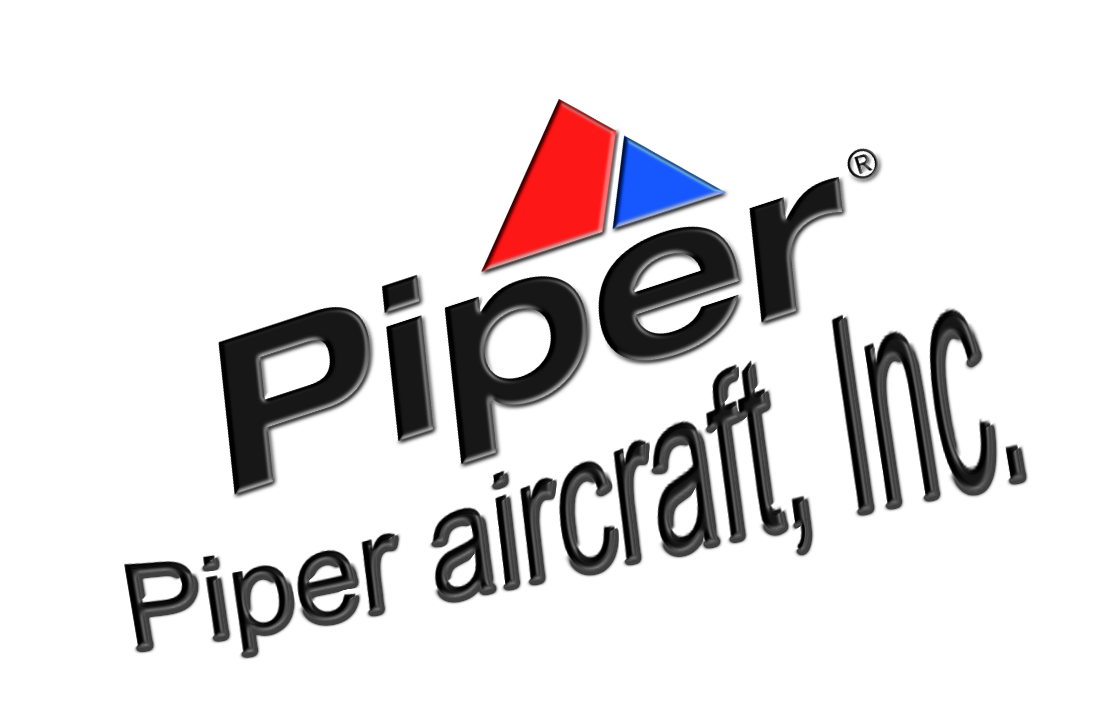
.png)
